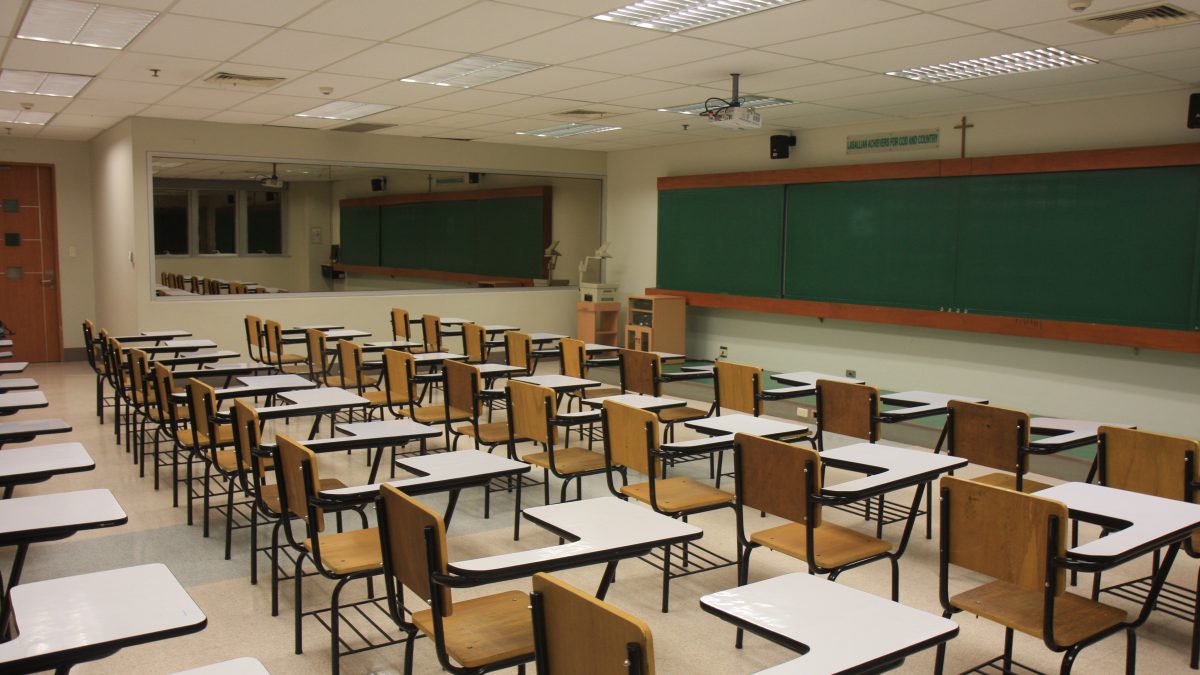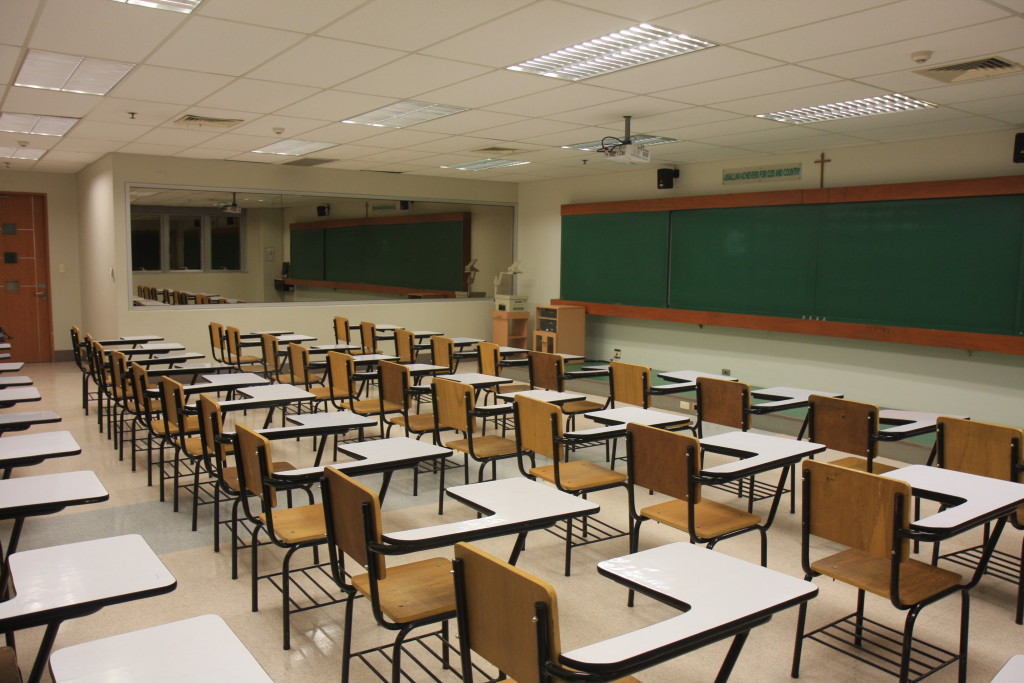Philadelphia Sells Schools For Cash

How does a city simultaneously solve the problems of school budget deficits and unused school buildings sitting empty? Easy – it kills two birds with one stone and sells the schools for cash. Such is the case in Philly, where the school district has netted $42 million in the last two years by selling off 12 former schools. As many as 14 additional properties have sales pending.

What happens to old school buildings after they are no longer used for teaching students? The answer might surprise you.
A recent NBC10 article mentioned the sale of George W. Childs Elementary School, a building that formerly housed over 500 students. Having fallen into disuse in 2010, the century-old building faced an uncertain future. The city was able to sell it off, and now the building is slated to become a mixed-income housing complex. Old schools are a problem for both school districts and the city, as they tend to become big, ugly eyesores when they stop being used. In latter years, however, these buildings represent something new – a potential source of income for the school district, which is facing budgetary woes.
It’s not the easiest thing in the world to sell a school building. For one thing, districts often realize “much less than the actual sale value” of schools, thanks to legal technicalities such as the bonds that are involved in buying and maintaining the buildings. The bonds are taken out for capital expenses, and have to be paid for a building to change owners. Consequently, the district actually sold the 12 buildings for $67.6 million – but it only “brought home” the $42 million mentioned. Nor does the sale figure include any of the costs of closing schools, which include personnel, transportation, and administrative costs. In addition, the unique layout of a school building can make it a hard sell for repurposing.
By far the largest group of school building buyers are charter schools. Philadelphia, however, only sold five to charter schools. Many, many more buildings were sold in the name of real estate development. It’s just as well, because some public school advocates have accused the city of attempting to close schools in the name of “under-utilization” while expanding the growth of charter schools.
Still, despite the headaches, many buyers are willing to take a risk on school buildings. With real estate in Center City all bought up, the placement of some of these buildings make them highly attractive risks.



